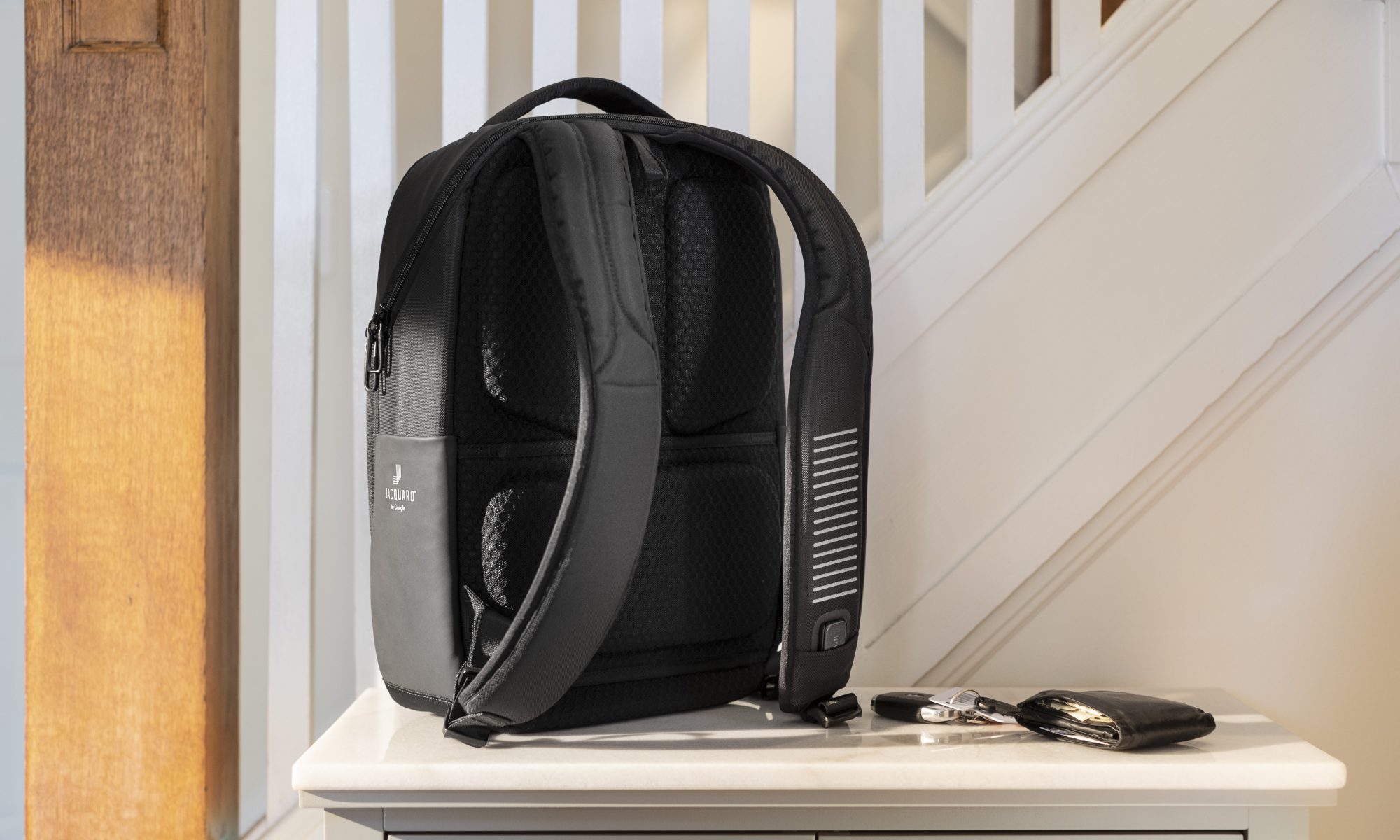Amazon today disclosed that a former employee has been arrested for committing fraud against the online retailer. The company says it reported Vu Anh Nguyen to the Federal Bureau of Investigation in July 2020 fro falsely issuing refunds for products ordered on Amazon.com to himself and his associates. The U.S. Dept. of Justice on Friday brought charges against Nguyen for federal wire fraud and aggravated identity theft, according to court filings.
Nguyen was previously employed with Amazon as a Selling Support Associate based in Tempe, Arizona. In this role, his job involved providing support for Amazon’s third-party sellers and assisting in the creation and management of seller listings using a “Spoofer” account, which allow Amazon employees to view and edit third-party seller accounts.
From these accounts, employees are able to manually authorize refunds for items ordered from third-party sellers, which is how the abuse occurred.
In the criminal complaint, Nguyen is alleged to have committed wire fraud between November 2019 and February 2020 by using his employee access to falsely and fraudulently issue $96,508.13 in refunds to himself and others. These refunds were not requested by legitimate purchasers. During the course of this scheme, Nguyen used or caused the use of interstate wires, the filing states.
The scheme involved approximately 318 unauthorized refunds for orders purchased through eight Amazon accounts belonging to Nguyen and others. These included refunds for high-value items, like computers and electronics, none of which were ever returned to Amazon.
Nguyen also operated two third-party seller accounts, Bullsy and ItemsQuest, where refunds were issued to orders he was shipping to his own home or others had access to.
Nguyen also ordered $222.04 worth of items sent to his home as a part of this scheme, the complaint alleges, then fraudulently authorized a concession refund for the items, allowing him to essentially keep the items without paying.
In addition, on Aug. 14, 2019, Nguyen committed identity theft related to the wire fraud activities by using the name and credit card information belonging to a third-party, the FBI says. This involved an order totaling just $47.80 for household items, like a drawer organizers and cabinet liners.
Nguyen had originally been hired by Amazon on March 4, 2019. His employment was terminated on March 24, 2020 after he ignored repeated attempts by Amazon to reach him about the fraudulent activity the retailer had detected.
Separately from the Amazon fraud case, Nguyen was the target of a Dept. of Justice/FBI investigation for a type of securities fraud known as “free-riding,” which had resulted in losses of approximately $695,000 across eight brokerage firms, the complaint notes. On the SEC.gov website’s post about the litigation release, however, those losses are said to have actually totalled over $1 million.
Amazon, in press release issued today, notes that it has systems in place to mitigate misuse of its tools and to monitor and detect suspicious behavior. These systems had identify the suspicious refunds, prompting its investigation. Amazon then reported the case to the FBI.
The retailer regularly pursues investigations and lawsuits aimed at tackling fraud across its platform. Recently, this included supporting wire fraud charges against four individuals who committed $19 million in a fraudulent invoicing scheme targeting Amazon’s vendor system. It also this summer launched a counterfeit crimes unit to tackle the growing problem with counterfeit products sold on its marketplace, and helped stop multiple fraudulent affiliate marketing schemes.
While many of the fraud schemes involved external parties, sometimes Amazon’s own employees are involved. In September, the U.S. Dept. of Justice charged six people with bribing Amazon employees in exchange for restoring their banned products or services, an indictment alleges, for example. In the past, Amazon employees have also been arrested for merchandise theft.
Amazon offered a brief statement on the new charges involving Nguyen.
“We thank the Department of Justice and Federal Bureau of Investigation for their swift work to the hold this fraudster accountable,” a spokesperson said. “There is no place for misconduct or fraud at Amazon. We hold our employees to a high bar, have systems in place to proactively prevent fraud, continue to monitor activity, and will pursue all measures to protect our store and hold bad actors accountable.”
U.S. v. Vu Anh Nguyen by TechCrunch on Scribd

Source: Tech Crunch









